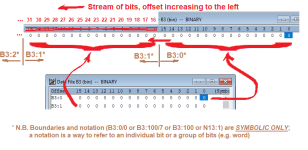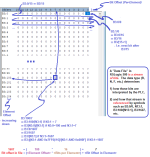How to replace RSlogix 500 DCD bit with studio 5000 ladder diagram
- Thread starter a1112223335
- Start date
Similar Topics
We have a Beckhoff CP6201 PC and an EK1100 module communicating with it via EtherCAT in one of our machines.
Due to problems with the PC, I want...
Panelview 2711-K5A8. Customer has 6 of these in service connected to SLC 504’s. One has a bad backlight and I need a solution to replace it...
I’ve got some devices that are triggered by shorting pins to common. There is 24 volts on each pin and right now I am using a relay output card...
I can't replace cpu S400 416-3XR05-0AB0 BY 416-3ER05-0AB0 in PCS7 Project
when using replace object to keep the original configuration in the...
Good Morning,
One of our machines is controlled by a Panelview 1500 (2711P-B15C4D2). We already have the screen itself (RDB15C) as a spare but...











